We all like to think we’re in charge of our wallets. You make the list, stick to the budget, skip the flashy ads. But here’s the truth—retailers know exactly how to push your buttons. They’ve spent decades perfecting the psychology of spending, and they’re really, really good at it.
From the price tags you glance at to the “limited-time” emails in your inbox, these tricks are built to feel harmless. But once you know what to look for, you’ll start spotting them everywhere—and you’ll shop with way more confidence.
The “Free” Gimmick That Isn’t Free at All
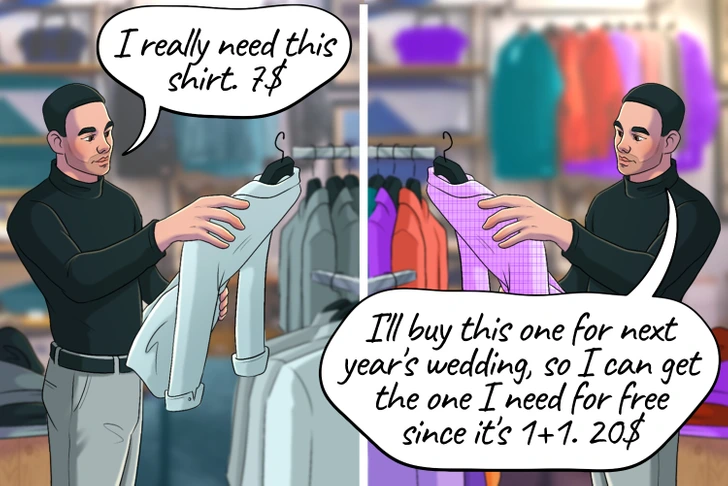
“Buy One, Get One Free” always sounds like a win. Who doesn’t want something free, right? But take a closer look. You probably weren’t even going to buy the first one. These deals rely on impulse, not need.
What’s the catch? You leave with two items instead of one—and spend more than you planned. The store moves inventory, and you walk away thinking you scored. Before giving in, stop and ask: would I buy this without the deal? If not, leave it.
Video:
19 Simple Psychological Tricks That Actually Work
Subscription Trials: The Silent Budget Killer
Let’s talk about “free trials.” You sign up, try a service for a few days, then forget it ever happened… until your card gets charged a month later. Sound familiar?
It’s not by accident. Brands design their sign-up process to be effortless—and their cancellation process to be confusing. These sneaky subscriptions drain your money quietly over time.
Set a reminder on your phone the moment you start a trial. Better yet, avoid entering payment info unless you’re already sure you’ll use it long term.
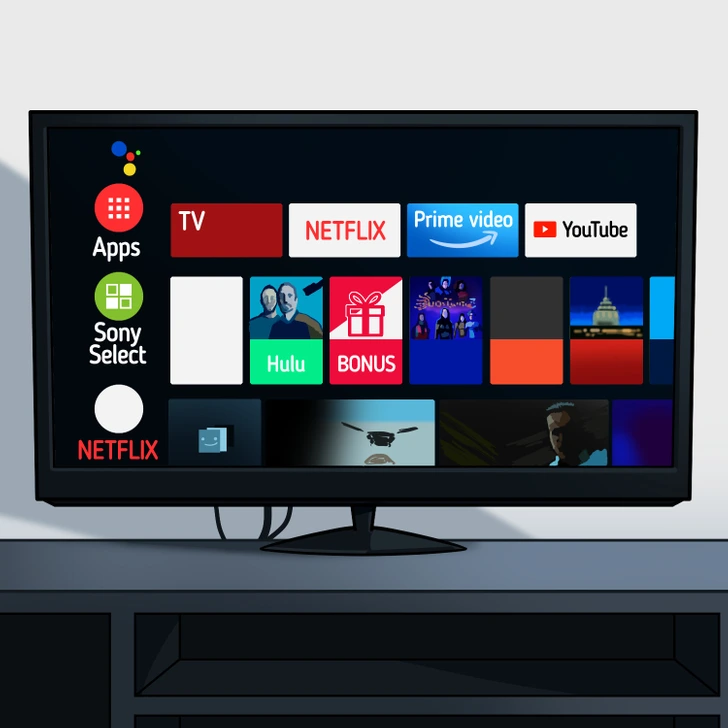
The Illusion of Discounts: Was It Ever Really $100?
You see it all the time: “Was $150, now $69.99.” That slashed price looks irresistible. But let’s be honest—was it ever really $150?
Retailers often inflate “original” prices just to make the current one look like a steal. It’s psychological manipulation designed to make you feel lucky for catching the deal. You think you’re saving money, but you’re just falling for a clever markup game.
Want to check? Use price history tools or comparison sites before you click “buy.” A little research goes a long way.
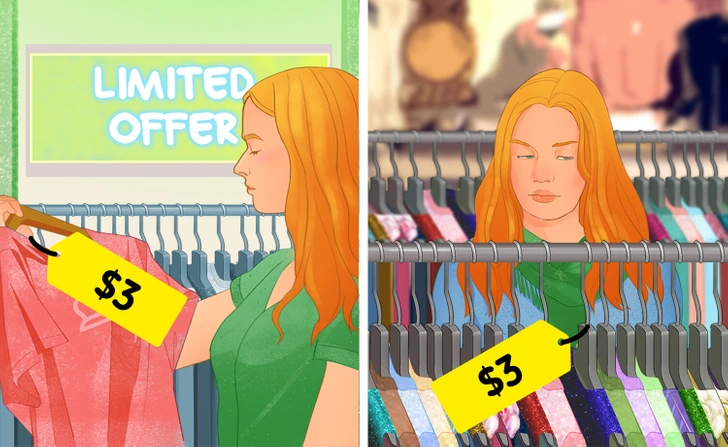
Why $9.99 Works—and How to Beat It

Here’s a fun one: why do so many things end in .99 instead of rounding up? Because our brains read left to right. $9.99 feels closer to $9 than $10, even though it’s basically the same.
It’s called charm pricing, and it’s been fooling shoppers forever. Retailers use it to make items feel cheaper than they really are. But now that you know, the fix is easy: round it up in your head.
Next time you see $14.95, just call it $15. You’ll see your budget a whole lot clearer.
Video:
15 Psychological Marketing Triggers to MAKE PEOPLE BUY From YOU!
Scarcity Triggers and the “Only 1 Left!” Lie
“Only 2 items left in stock!” “Offer ends in 3 hours!” These urgent little warnings are there to spark panic, not help you.
It’s a classic scarcity tactic. It hijacks your fear of missing out and pushes you to buy before you think. It doesn’t give your rational brain time to catch up.
Pause. Take a step back. Ask yourself: if this were still available next week, would I want it? If not, it’s probably not worth it.
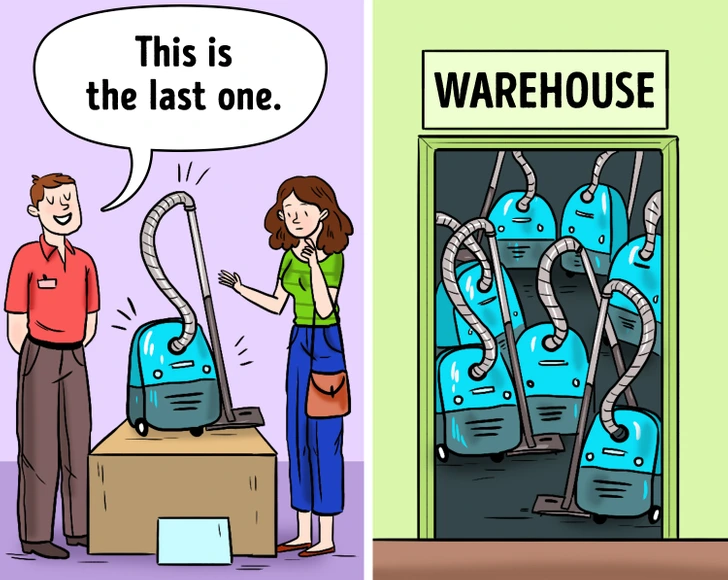
Cheap Isn’t Always Smart
Going for the cheapest option feels logical. You’re saving money, right? But how many times has that bargain toaster or $8 earbuds broken after a month?
Low prices often mean low quality. And when something breaks, you end up replacing it—again and again. It adds up fast.
A good rule of thumb? Spend a bit more for items you use regularly. Think of it as long-term value, not just a short-term “deal.”
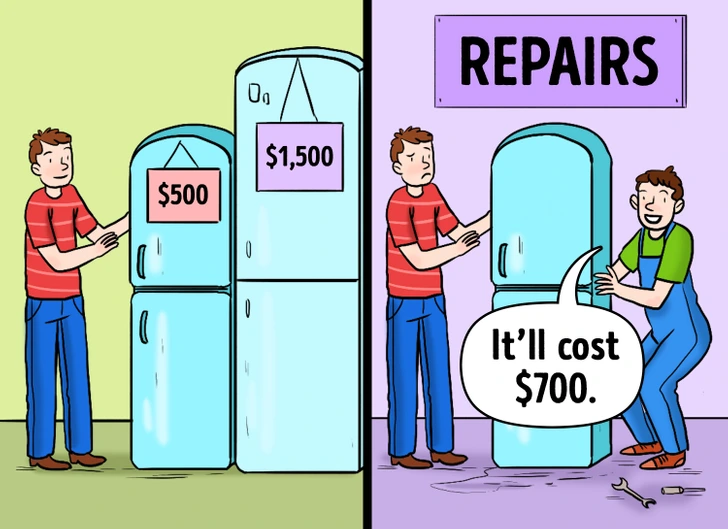
Influencer Buzz That’s Not Always Honest
Social media influencers can make a product look irresistible. They talk like friends, smile like friends… but they’re often being paid. And many of those glowing reviews are just part of a marketing campaign.
That doesn’t mean they’re lying—it just means their review isn’t always objective.
Look beyond the posts. Check verified buyer reviews, YouTube demos, and community forums. You’ll get a more balanced picture of what’s really worth your cash.

What All These Tricks Have in Common
Each of these tactics has one goal: to mess with your decision-making. Whether it’s urgency, charm pricing, or influencer trust, the point is to make you spend before you think.
Retailers don’t want you to pause. They want fast clicks, quick checkouts, and zero second-guessing. When you learn to pause—just a beat or two—you break the spell.
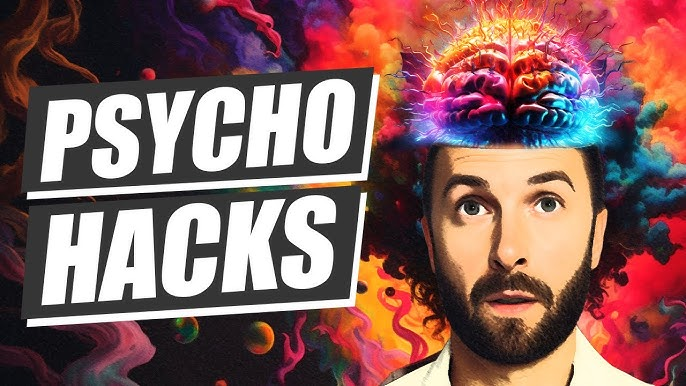
How to Flip the Script and Shop Smarter
Let’s make it simple. If you want to outsmart the system, start asking questions:
- Would I buy this without a discount?
- Is this a true need or a triggered want?
- Am I being influenced by hype instead of facts?
You don’t have to stop spending altogether. Just stop accidentally spending.
Retail psychology is real. It’s powerful. And it works—until you start seeing it. Once you know the tactics, you won’t fall for them nearly as often. You’ll buy with intention, not emotion. And that’s how real savings happen.
So next time you’re tempted by a flash sale, or an influencer tells you something “changed their life,” just smile. You’ve seen behind the curtain. You’re not just a shopper—you’re a smarter one.


